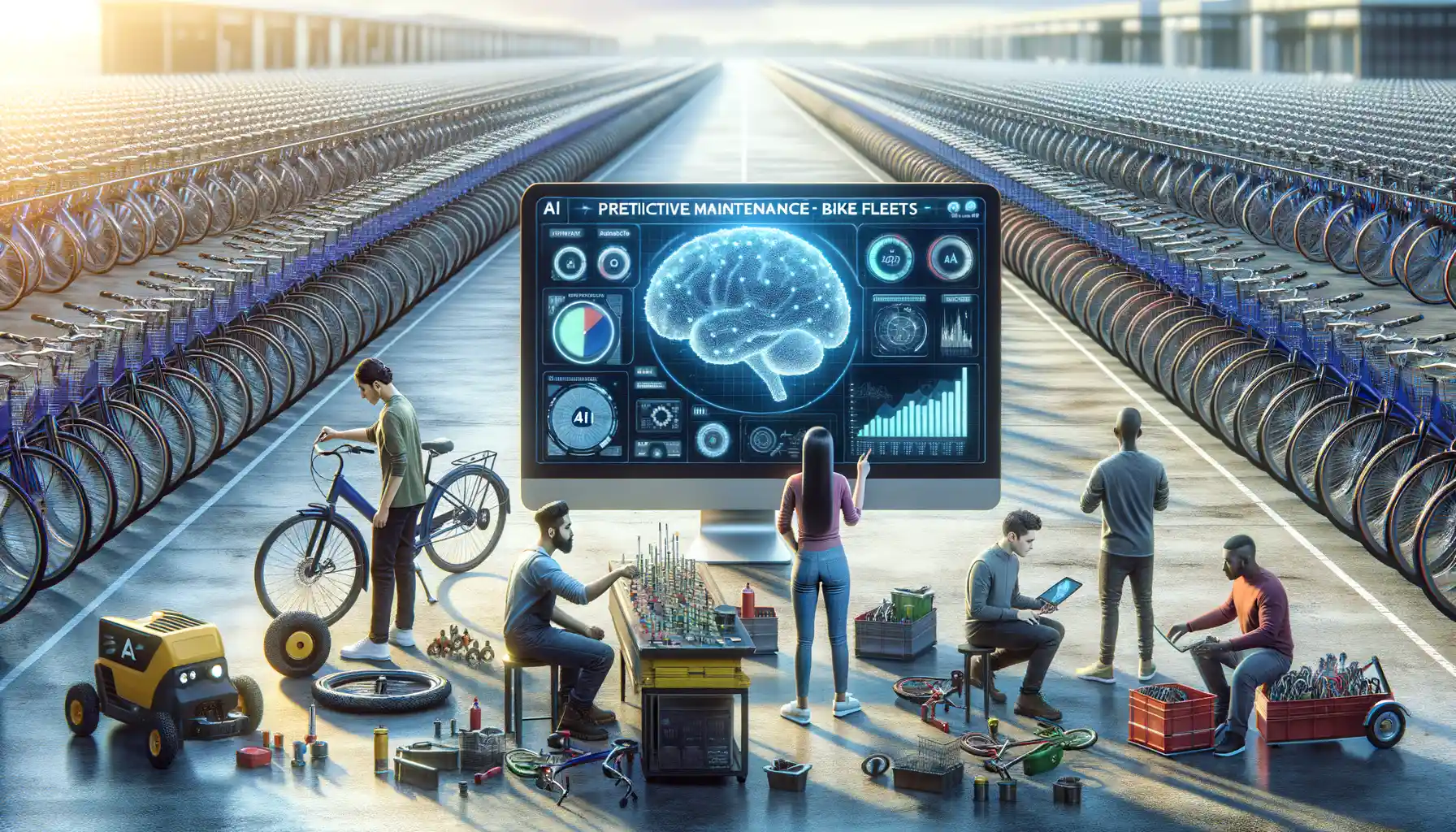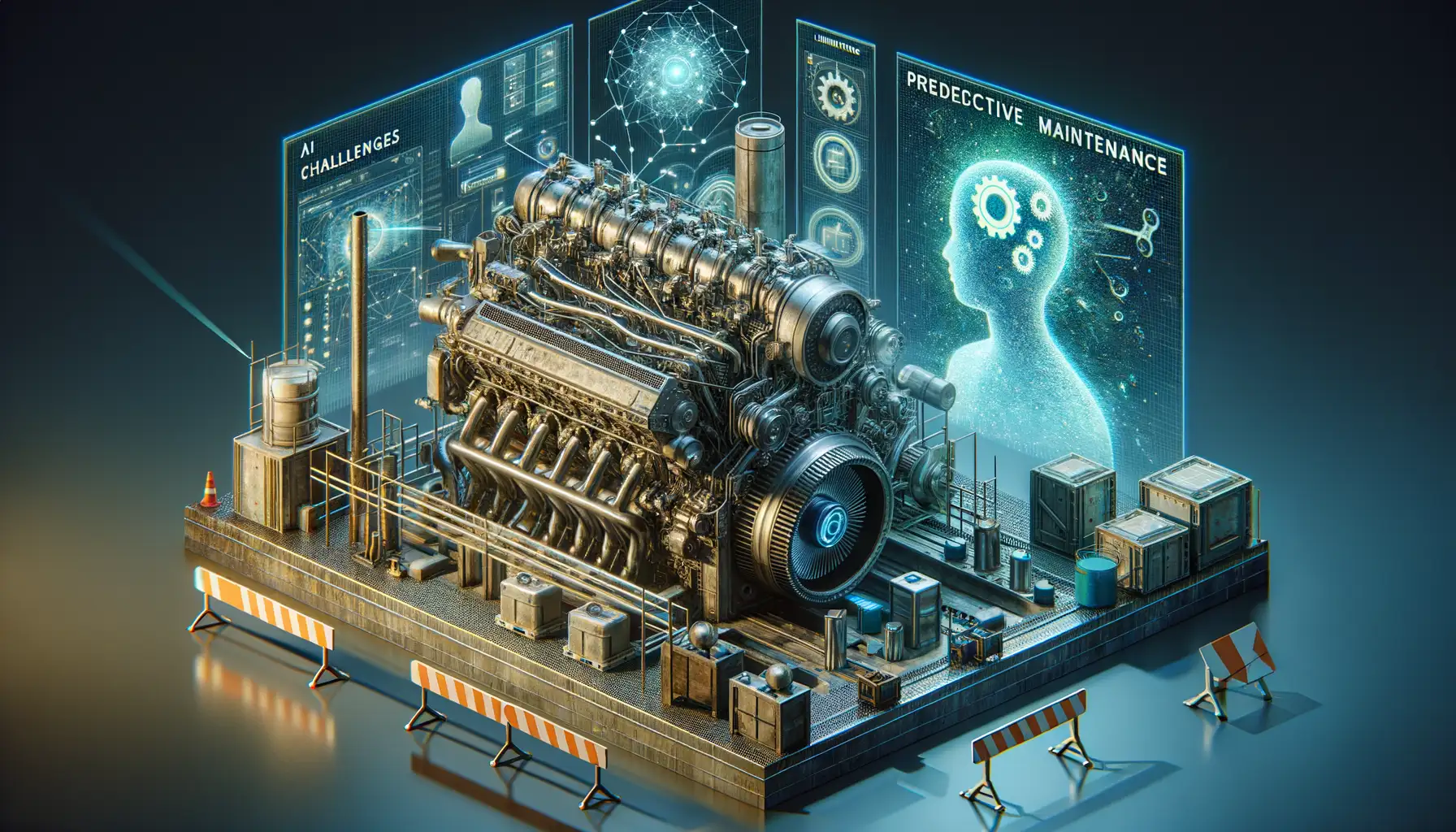The Importance of Predictive Maintenance in Bicycle Fleet Management
Why Keeping Your Fleet Healthy Matters
Picture this: your bicycle fleet is the heart of your business. Whether you’re a bike rental operator or managing a company’s eco-friendly delivery service, each bike represents more than just wheels and gears—it’s your reputation. But when one bike squeaks, wobbles, or grinds to a sudden halt, it’s not just a mechanical issue. It’s a missed opportunity, a frustrated customer, or even a costly breakdown.
That’s where predictive maintenance rides in as the unseen hero. By anticipating problems before they spiral into disasters, you can keep your fleet rolling smoothly and minimize downtime. Think about it—a simple chain adjustment or early brake pad replacement could save you from a pricey overhaul later.
But there’s more. Predictive maintenance doesn’t just fix bikes; it builds trust. Customers notice when your fleet is always dependable, and that loyalty translates directly to your bottom line.
- Fewer surprise failures mean more reliability for users.
- Lower repair costs by catching issues early.
- Longer lifespan for every bike in your fleet.
In short? A well-maintained fleet isn’t just smart—it’s essential.
How AI Technologies are Revolutionizing Predictive Maintenance

Reimagining Maintenance with AI: The New Era
Imagine being able to predict a flat tire before it happens or identifying a wobbly chain in the nick of time—sounds like magic, right? That’s the power of AI technologies in predictive maintenance. But it’s not just about preventing breakdowns; it’s about completely redefining how bicycle fleets are managed.
With smart algorithms that thrive on data, AI can analyze the tiniest fluctuations in your fleet’s performance. For example, sensors on bikes gather information about wheel alignment, brake wear, or gear efficiency. Then, AI steps in like a detective analyzing clues, pinpointing issues faster than a mechanic ever could.
- Machine learning predicts when parts will fail, based on historical data and usage patterns.
- IoT sensors keep real-time tabs on critical components, alerting you to potential risks.
- And yes, even weather forecasts get crunched to assess environmental wear and tear!
So instead of waiting for disaster to strike, fleet managers now have crystal-clear insights into what needs attention. Imagine running a fleet where the bikes practically take care of themselves—thanks to AI. Isn’t that a future worth racing toward?
Goodbye Gut Feelings, Hello Data-Driven Decisions
Gone are the days of depending on instinct or guesswork. With AI, decision-making is sharper, smarter. Take this as an example: if one bike consistently performs worse after rainy days, the system might recommend changing its tires for more grip. This isn’t luck—it’s pure, data-fueled intelligence.
AI technologies don’t just fix problems; they teach you how to prevent them. They reveal patterns you didn’t even know existed, whispering insights through dashboards brimming with actionable advice. Suddenly, every inch of your fleet’s health feels within reach.
Key Benefits of AI-Driven Predictive Maintenance for Bicycle Fleets

Extend the Life of Your Fleet with Timely Repairs
Imagine this: instead of scrambling to repair a flat tire or dealing with sudden brake failures, you know exactly when each bicycle in your fleet needs attention. With AI-driven predictive maintenance, this dream becomes a reality. By analyzing data like mileage, usage patterns, and weather exposure, AI can detect small issues before they balloon into costly breakdowns.
Think of it as having a sixth sense for maintenance. Brakes worn out? Tires thinning? The system flags it early, giving you just enough time to schedule repairs without interrupting your fleet’s operations. Not only does this minimize downtime, but it also protects your investment by extending the lifespan of your bicycles.
- Cost savings: Fewer emergency fixes mean reduced labor costs and less need for spare parts.
- Reliability: Happy customers love bikes that perform well, every single time.
- Environmental impact: Well-maintained bikes last longer, reducing waste and promoting sustainability.
Turn Data Into Actionable Insights
AI doesn’t just crunch numbers; it turns raw data into a goldmine of insights. For example, if certain routes lead to faster wear and tear, you’ll know to adjust how and where those bikes are used. This isn’t guesswork—it’s precision at its finest.
And here’s the real kicker: AI learns over time. The more data your system collects, the smarter it gets, giving you an edge to optimize and innovate. With this level of insight, your fleet operates not just better, but smarter, creating a seamless experience for users and operators alike.
Challenges and Limitations of Implementing AI in Predictive Maintenance

Peeling Back the Layers of Complexity
Imagine this: you’re excited about adopting AI for predictive maintenance in your bicycle fleet, envisioning a future where breakdowns are practically extinct. But behind the shiny promise lies a web of complexity. Integrating AI isn’t plug-and-play. It demands robust hardware, skilled personnel, a well-oiled connection between machines and software—and that’s just the beginning.
One challenge? Data, data, and more data. AI thrives on accurate, high-quality information. Bicycle sensors must collect everything from tire pressure to brake wear consistently. And what if some bikes are older models without IoT devices? Suddenly, you’re juggling incomplete datasets or costly upgrades.
Another tangled thread is cost. Sure, AI promises long-term savings, but the upfront expense can feel like a mountain to climb. Between purchasing the tech itself and training employees, your budget might need some creative maneuvering.
- Algorithm limitations: AI doesn’t have magical foresight—it struggles with predicting anomalies it hasn’t seen before.
- Integration headaches: Connecting AI to existing fleet management systems can feel like solving a puzzle missing half its pieces.
The result? A process as rewarding as it is maddening, testing your patience before delivering its full potential.
Future Trends in AI and Predictive Maintenance for Sustainable Bicycle Fleet Operations

The Rise of Adaptive AI for Proactive Maintenance
Picture this: a bustling bike-sharing system where fleets run so smoothly, it’s almost as if the bicycles themselves could whisper, “I need a tune-up.” That’s the future that emerging AI trends are shaping – one where predictive maintenance becomes intuitive and almost invisible.
One groundbreaking trend is the use of adaptive AI algorithms. These systems don’t just predict issues based on past data—they learn and evolve over time. For instance, if a specific model of e-bike has a tendency for chain wear under rainy conditions, adaptive AI can refine its predictions to reflect that nuance. It’s like upgrading from a crystal ball to a hyper-intelligent, ever-learning oracle.
Another fascinating development? Digital twins. Imagine creating a virtual clone of each bicycle in your fleet, tracking every bump, brake, and pedal in real-time. With this, fleet managers can test maintenance strategies virtually before touching a single physical part.
- Automatic battery health diagnostics for electric bikes.
- AI-driven weather impact analysis predicting component strain.
These technologies aim to make sustainability seamless by reducing waste, cutting down service times, and keeping fleets safer than ever. The future feels exceptionally well-oiled, doesn’t it?



